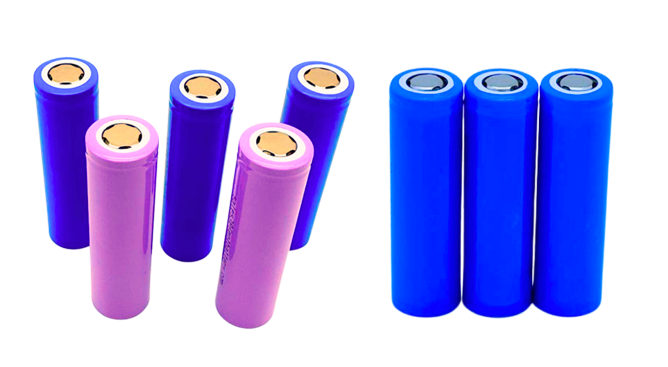18650 lithium battery customization plan and process.
Today, customization of lithium batteries has become an increasing demand for product manufacturers. Due to the lack of battery engineers, battery design capabilities, and other abilities, demand companies will seek professional lithium battery factories for customization. Generally speaking, we will follow the following steps to complete it.
1、 Clarify the specific requirements of the customer:
Basic information such as space size, capacity, lifespan, current usage, and usage environment will be designed by engineers to determine the shape and size of the battery according to specifications, as well as to meet special requirements such as communication and waterproofing.

2、 Battery pack design:
Based on customer needs, the following aspects are generally considered:
Selection of battery cells
Lithium batteries come in various material systems such as lithium cobalt oxide, lithium nickel cobalt manganese oxide, and lithium iron phosphate, depending on the type of positive electrode material used. Their voltage platform, safety factor, number of cycles, energy density ratio, and operating temperature are all different. Suitable battery cells should be selected according to the needs.
Customization of Capacity
Calculate whether the battery capacity can meet the user's battery life requirements based on actual power consumption.
Customization of battery shape
The size and shape of the battery should be customized according to the internal space dimensions of the customer's product. In addition to different dimensions in length, width, and height, it can also be made into various shapes such as shaped battery packs.
Customization of voltage
Determine the corresponding voltage based on the electrical equipment used.
Geographical and working environment
The optimal operating temperature for
lithium batteries is between 20 ℃ and 40 ℃. The working temperature range of lithium batteries is usually -20 ℃~60 ℃. However, when the temperature is below 0 ℃, the performance of lithium batteries will be affected and their discharge capacity will weaken. Therefore, when used in special high and low temperature environments, suitable battery cells or solutions should be considered.
Sample production and testing:
After the battery pack design is completed, engineers will manufacture a small number of sample batteries. Verify whether the product meets customer requirements through tests such as cycle life testing, charge discharge rate testing, temperature tolerance testing, etc. in the laboratory.
Feedback and optimization:
Based on the data analysis of the test results, the engineering team will adjust and optimize the battery design according to feedback. If necessary, this process may be repeated multiple times until the predetermined product performance indicators and quality standards are achieved, ultimately meeting the customer's requirements.
